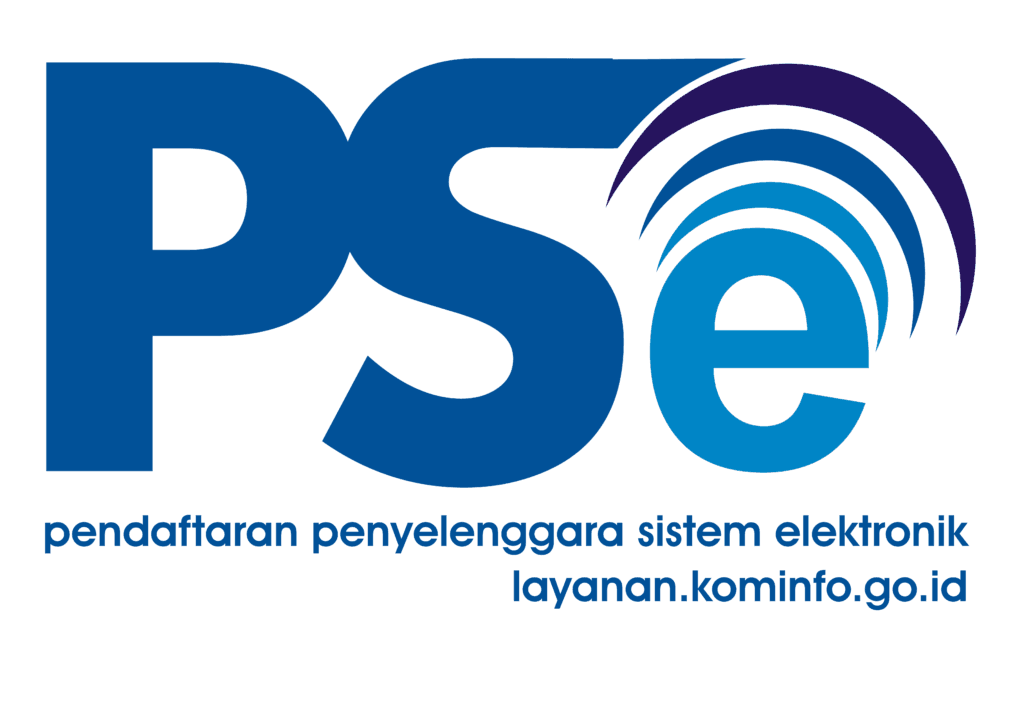- Waste generated by the community can be one source of energy and able to produce an energy potential of around 2000 MW.
- Rapid population growth is one of the factors behind the waste processing project into electrical energy.
- A program for processing waste into electrical energy was formed as an effort to overcome the volume of waste significantly.
Waste generated by the community can be one source of energy that can be developed for its use. And it is estimated that community waste is able to produce an energy potential of around 2000 MW.
Currently, the government is increasingly paying attention to the use of waste. This is because waste is considered as a source of energy through the use of certain technologies. Garbage has the potential for biomass energy that we can convert into other energy. One of them can be used as electricity, but we also have the opportunity to use it as biofuel.
The increase in population growth causes an increase in the volume of community waste. In addition, the limited capacity of existing final disposal sites is an important factor in the development of waste in Indonesia.
There are several technologies that we can use to treat waste. Later, the processed waste can be used to make gas, pellets (which can replace coal), and biofuels. The utilization depends on the technology used, and it is recognized that waste management technology is still quite expensive.
The government has made several regulations for the development of waste power plants. Law on Energy No. 30 of 2007 and Law No. 18 of 2008 on Waste Management. Furthermore, there is Government Regulation No. 79 on Bioenergy, which is the target of achievement in renewable energy. Then, government regulations are related to national strategic projects, and the waste power plant is one of these national strategic projects.
Read more:
Regulation 50 of the Minister of Energy and Mineral Resources relating to the use of EBT sources for electricity. This regulation regulates the sale and purchase price of power plants made from waste. These regulations are made so that activities related to waste energy sources can run smoothly according to the applicable regulations.
In addition to government regulations, alternative schemes were also formed to support the development of the National Strategic Program, namely by processing waste into electrical energy. The scheme is a financing scheme by means of regional government cooperation with third parties. This scheme is considered a simpler and faster process. Besides that, it is also guaranteed by legal certainty, there is no loss to the regional government due to waste processing service fees. The fee is only paid if the third party performs with the criteria/parameters that have been determined by the government, and the cooperation period for providing infrastructure with the Build-Operate-Transfer (BOT) scheme can reach 30 years.
The Local Government Cooperation Scheme with Third Parties is recommended as an alternative to new cooperation. This is because the Government Cooperation with Business Entity scheme that has been used previously has a long process. This scheme has the advantage of finalizing project preparation.
Rapid population growth is one of the factors behind the waste processing project into electrical energy. In addition, urbanization, which, on the one hand, has a positive impact on the economic sector in urban areas, However, it also presents challenges, especially in the fulfillment of increasingly high infrastructure services.
Therefore, a program for processing waste into electrical energy was formed as an effort to overcome this. This is determined because it requires intervention using technology that can reduce the volume of waste significantly. Then, an environmentally friendly and tested program is needed, especially in areas that have experienced limited land for final disposal sites.
The technology chosen for processing waste into electrical energy depends on the urgency of emergency handling of waste and the amount of waste generated. Then the output target specifications, types, and characteristics of waste are determined. And lastly, the potential for off-takers of processed waste products (electricity/other) and the availability of land for final disposal.
Read more:
The technologies that will be chosen include, among others, thermal technologies such as gasification, pyrolysis, combustion, and plasma arc. All of them still require pre-treatment so that the facility can operate properly and sustainably. Considering the condition of waste in Indonesia, which is generally not properly segregated from its source, this requires integrated planning from upstream to downstream. The support of all parties according to their respective authorities is needed for the success of this waste processing program into electrical energy.
The location for processing waste into electrical energy is listed in Presidential Regulation no. 35 of 2018. Currently, the location that has been operating is Benowo in Surabaya. In addition, Putri Cempo in Solo is in the construction phase. Meanwhile, other locations still face various challenges in the construction process.
The acceleration of the waste processing program into electrical energy is also carried out in Makassar. Efforts to reduce, reuse, and recycle through the Waste Bank in Makassar City have progressed rapidly. And it is hoped that this can continue to grow along with the development of processing waste into electrical energy. Apart from Makassar, West Java, Bali, South Tangerang, and Semarang are also in the preparation stage for the implementation of the waste processing program into electrical energy.
References:






